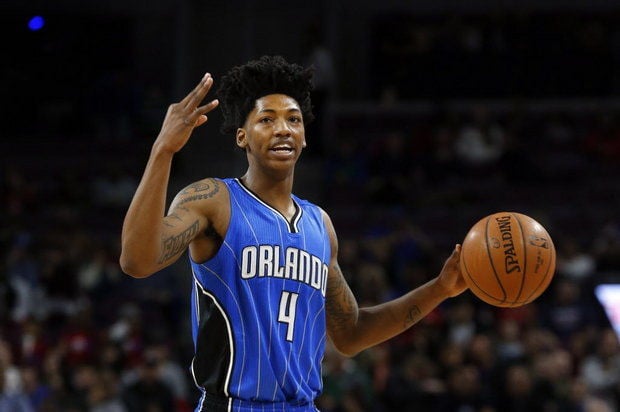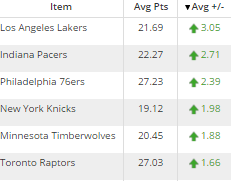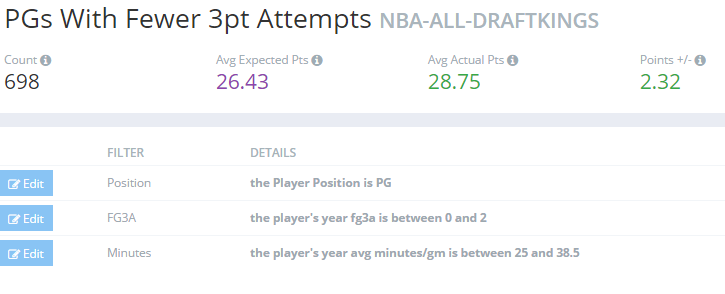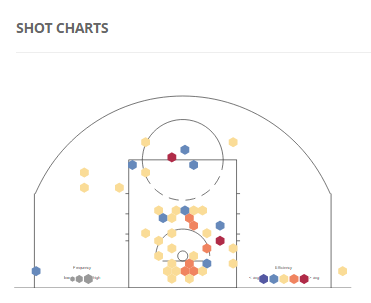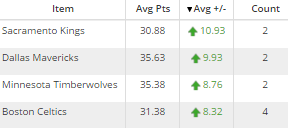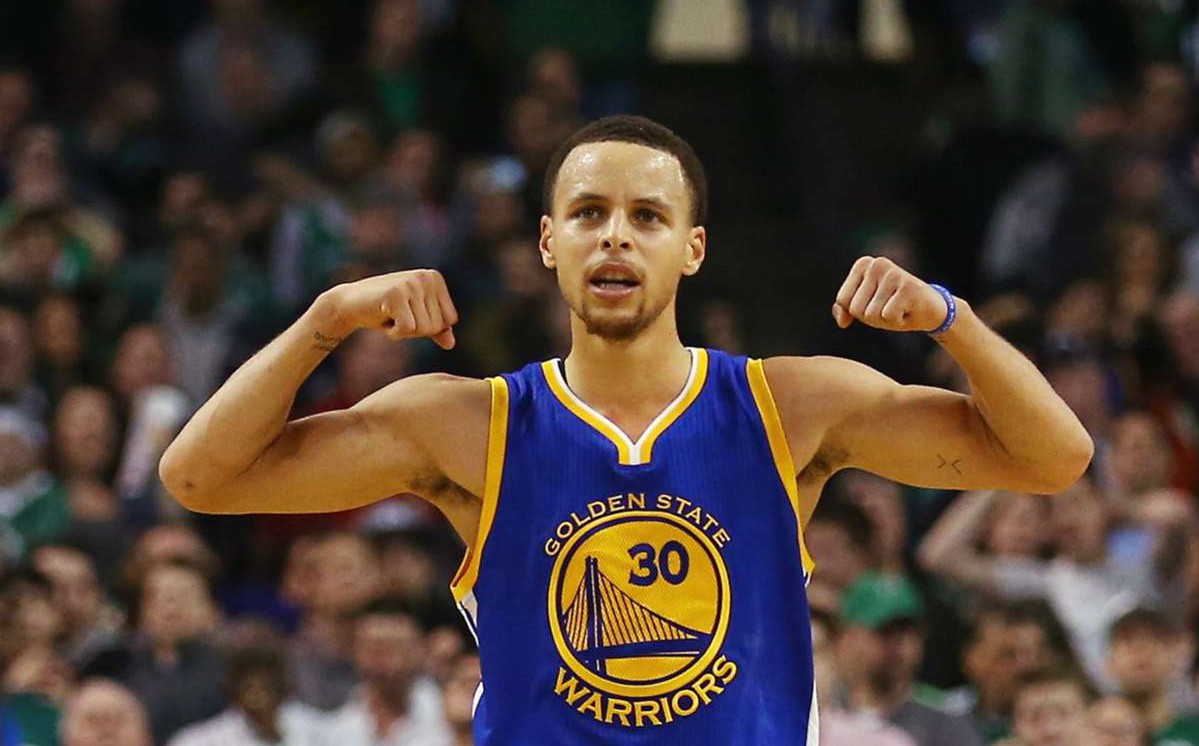In Part 1 of Bryans’ podcast with Justin Phan, the guys discussed team level matchups and how the ratings we’ve grown accustomed to using aren’t always correct. In NBA, we have five players “matched up” against five players, so it’s natural to think about individual matchups when breaking down a game. But with less iso style basketball being played these days, the individual matchups are less important.
Not to mention, the position vs. position data we view doesn’t account for just John Wall, Wizards point guard. It’s actually John Wall and Andre Miller and Garrett Temple, Wizards point guards, and how opposing starting and backup point guards have performed against these guys. I think that was a really good point and something I want to study on a more specific level in this article. I’ll take their main idea and apply it in relation to the point guard positio.
ESPN’s Real Defensive Plus/Minus had Kyle Lowry rated as the fifth best defensive point guard in 2014-2015. And yet, Toronto was the sixth best matchup for opposing point guards last year according to Fantasy Labs Plus/Minus. They also allowed the fourth highest amount of raw fantasy points at the position. Lowry’s backup, Greivis Vasquez, checked in at #64 by Real Defensive Plus/Minus and also, the Raptors lacked a true defensive center who could limit scoring opportunities in the paint.
Best PG matchups in 2014-2015 by Fantasy Labs Plus/Minus:
When you think about how different point guards play offensively, there are several players who are not shy about outside shooting. A handful of point guards averaged over five three point attempts per game in 2014-2015, led by Steph Curry and Damian Lillard. But there are others who don’t like to shoot from outside – think Elfrid Payton and Goran Dragic.
Whereas an outside shooting team might not have fared as well against a team like Boston, who did a pretty good job with Marcus Smart and Avery Bradley on the perimeter, a point guard whose game is more focused on driving to the paint could do very well against this same team. It’s not necessarily a knock on Bradley and Smart, but the Celtics were last in the league in blocks per game and block % last season. In these cases, although the starting point guard vs. starting point guard matchup isn’t great, the starting point guard vs interior defense matchup is favorable.
I setup a trend for point guards who averaged over 25 minutes per game and attempted less than two three pointers per game. Here’s the trend visually:
The two best matchups in the category? Also the two worst teams at blocking shots in the NBA in 2014-2015:
Another way to look at this visually is by pulling up a player’s shot chart, which you can find in their Player Profile on Fantasy Labs. I mentioned how Elfrid Payton didn’t attempt many threes last year – yeah, I kind of undersold that statement. Here’s his shot chart:
And here’s how he individually matched up against the Kings and Celtics. As a rookie, his salary was kind of all over the place last year, making Plus/Minus maybe not as good of an indicator as it normally is. But still, he didn’t average 30+ points against many teams, and here’s two of them:
There’s going to be a ton of innovative stuff coming out for NBA DFS this season. The one that really got me thinking was the idea of giving less credence to starting player vs. overall team rank vs position and paying more attention to starting player vs actual defense as a whole. There are A LOT of stats in every sport, but in NBA specifically, I think it’s really important to think about what the stat is actually saying and what is actually important. Oftentimes, they are not one in the same.
